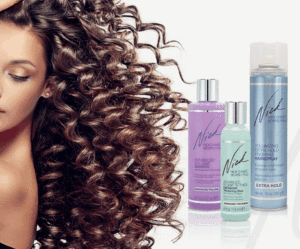Whether you go for regular dye jobs or love keeping up with the latest hair color trends, chemically treating the hair does serious damage. We get it – it’s hard not to go for a little or a lot of color (mermaid hair, anyone?) but there are steps that can help reduce the amount of damage.
For those with severely over-processed hair, the only damaged hair repair may be a big chop. For others, let’s follow these steps so it doesn’t get that bad.
Stick to more natural or close to natural colors, the rule of thumb is within three shades of your natural color. This will prevent you from having to bleach or over-process to achieve drastic colors (sorry, platinum and millennial pink). There’s no other way to say this – bleaching will always damage your hair, it’s best to minimize bleaching, or not do it at all. It strips the hair of its natural melanin that gives your hair its natural pigment. Those who’ve done it know it makes your hair dry, brittle, and prone to breakage. Bleach is usually an essential step when going from dark to light colors, but really should be done sparingly for the health of your hair.
Ditch the bleach and increase the time between dye jobs so you’re not exposing your hair to chemicals so frequently. You can help maintain your color by using hair color-specific products, washing your hair less frequently with cooler water and washing your hair less frequently.
Other common chemical treatments such as chemical straightening causes the same type of damage as coloring. Many of the same rules for dye apply—increasing the time between appointments, and also opting for safer options such as keratin straightening.
Another way to combat damage from coloring and other chemical processes is hair extensions. With a variety of colors and even styles such as ombre to choose from, wearing color-treated hair extensions saves your natural hair from damage, while giving you longer, fuller hair that looks like you just came straight from your colorist’s chair.
